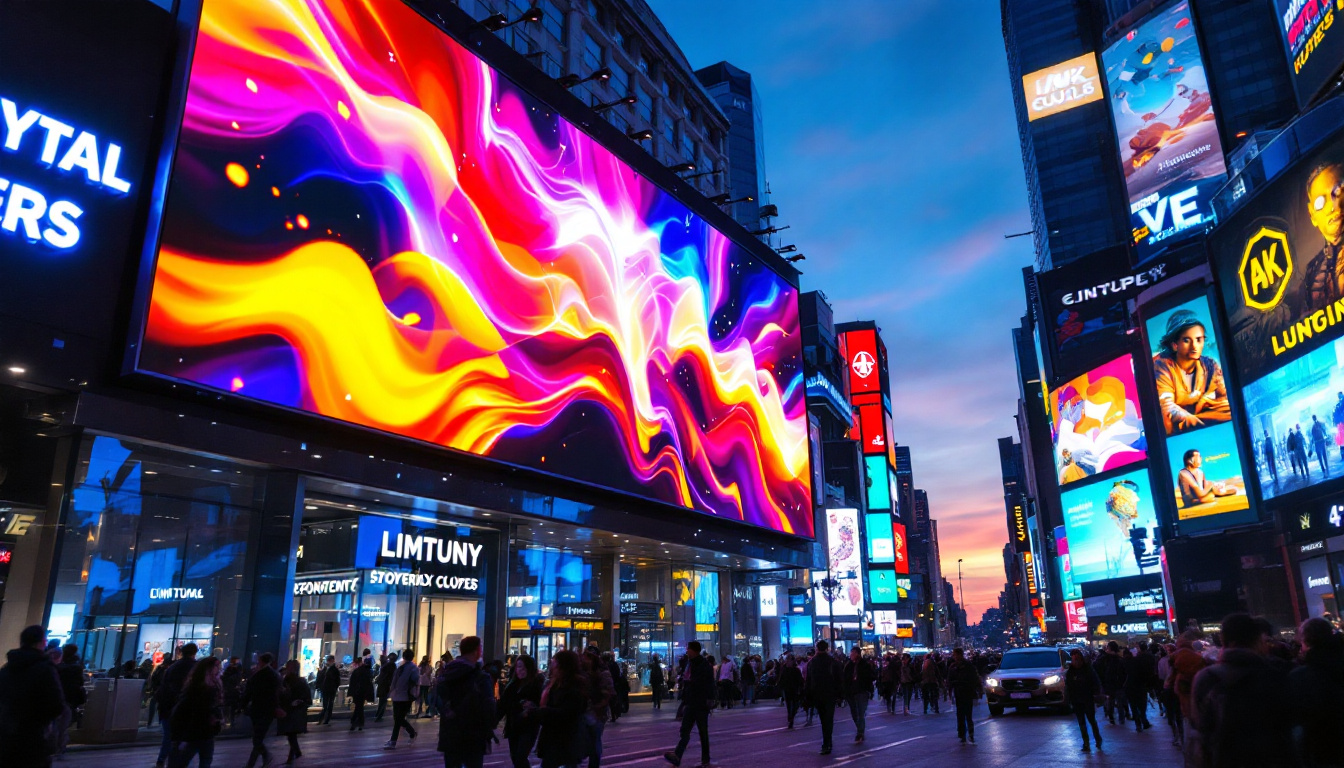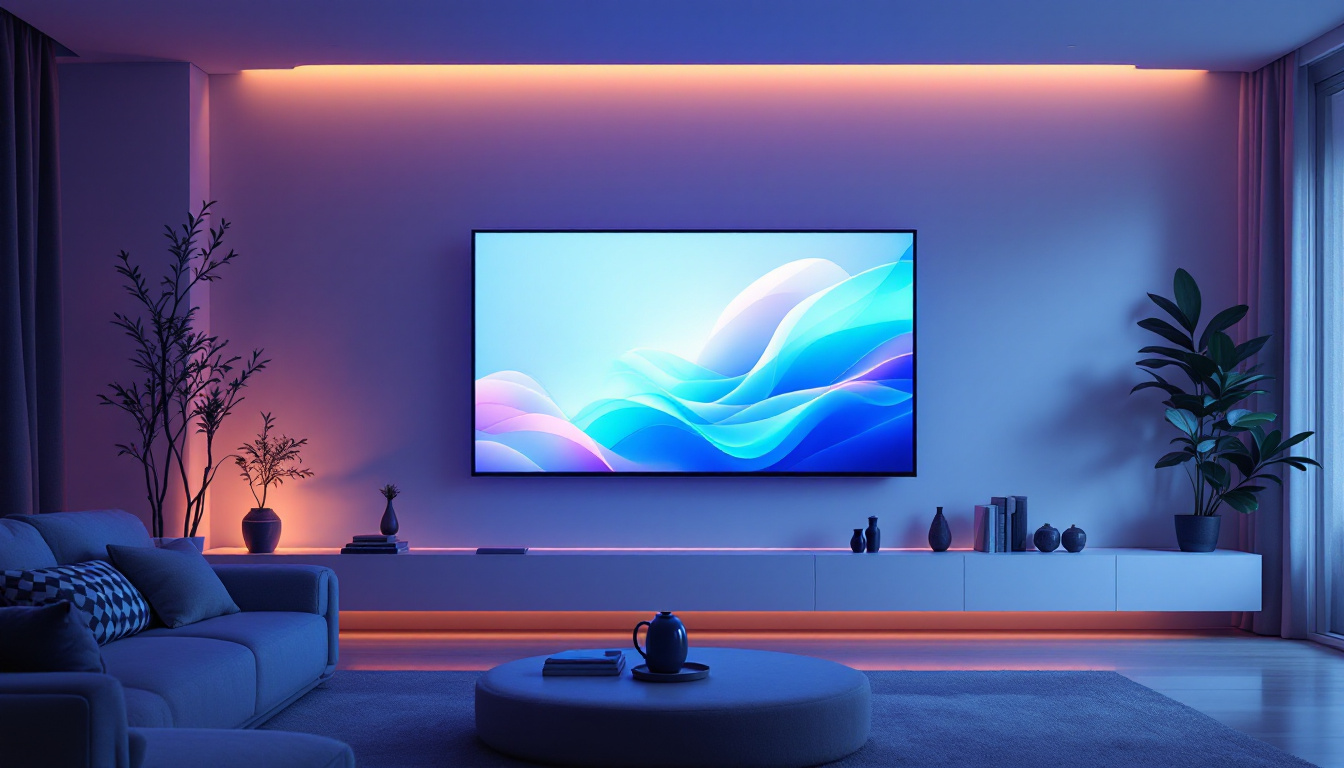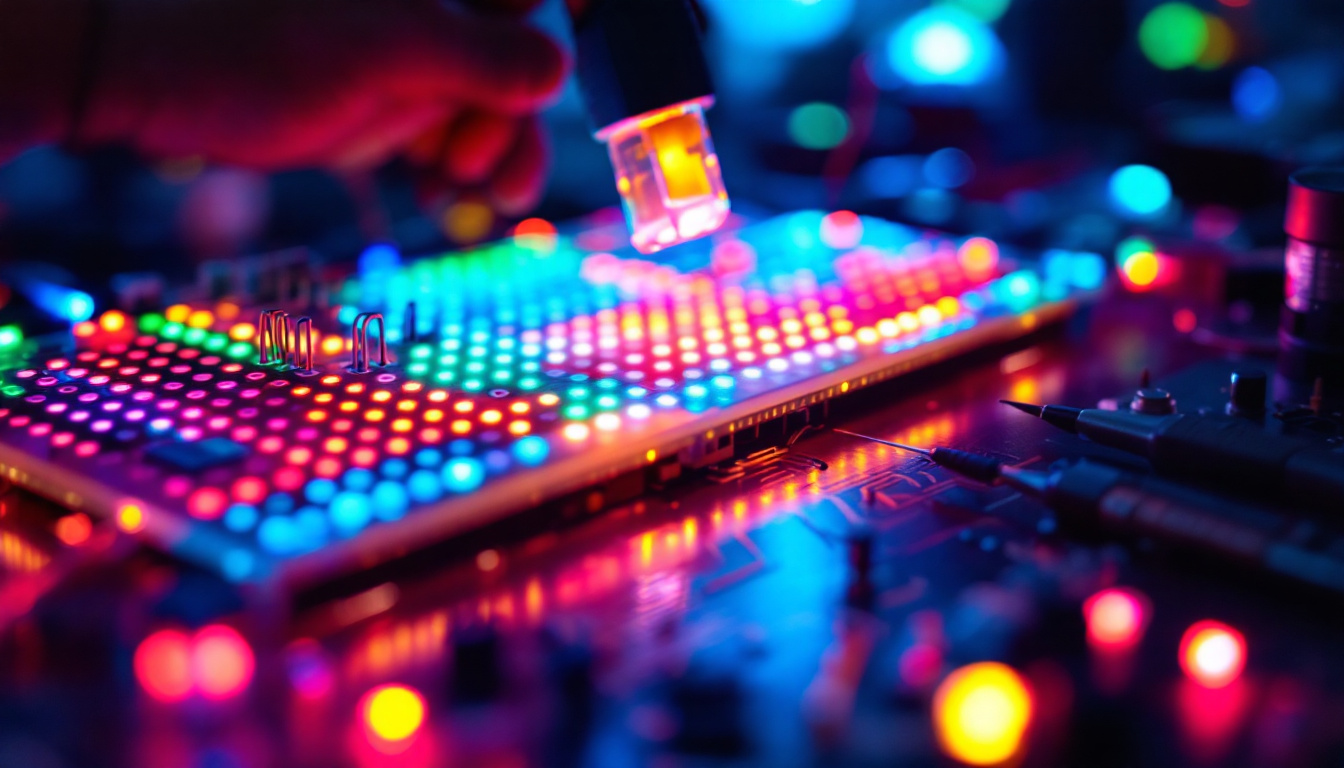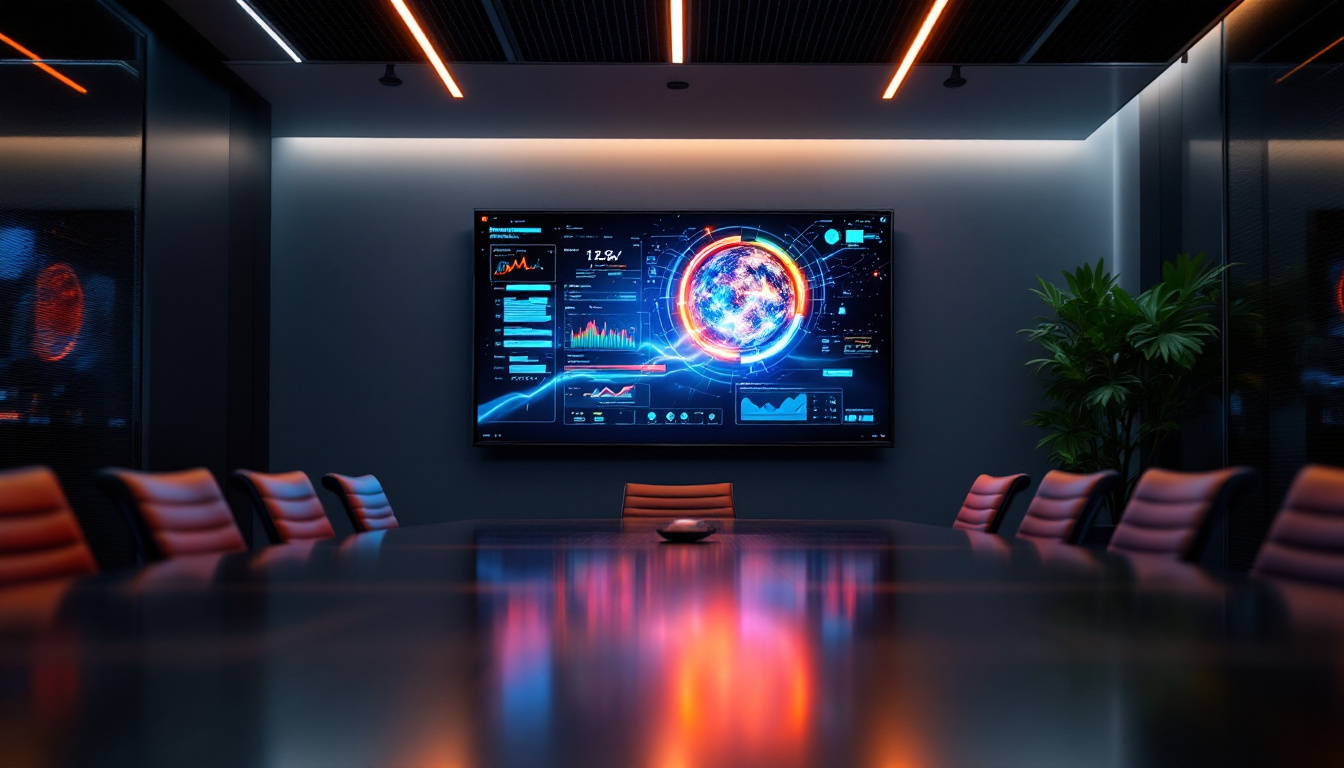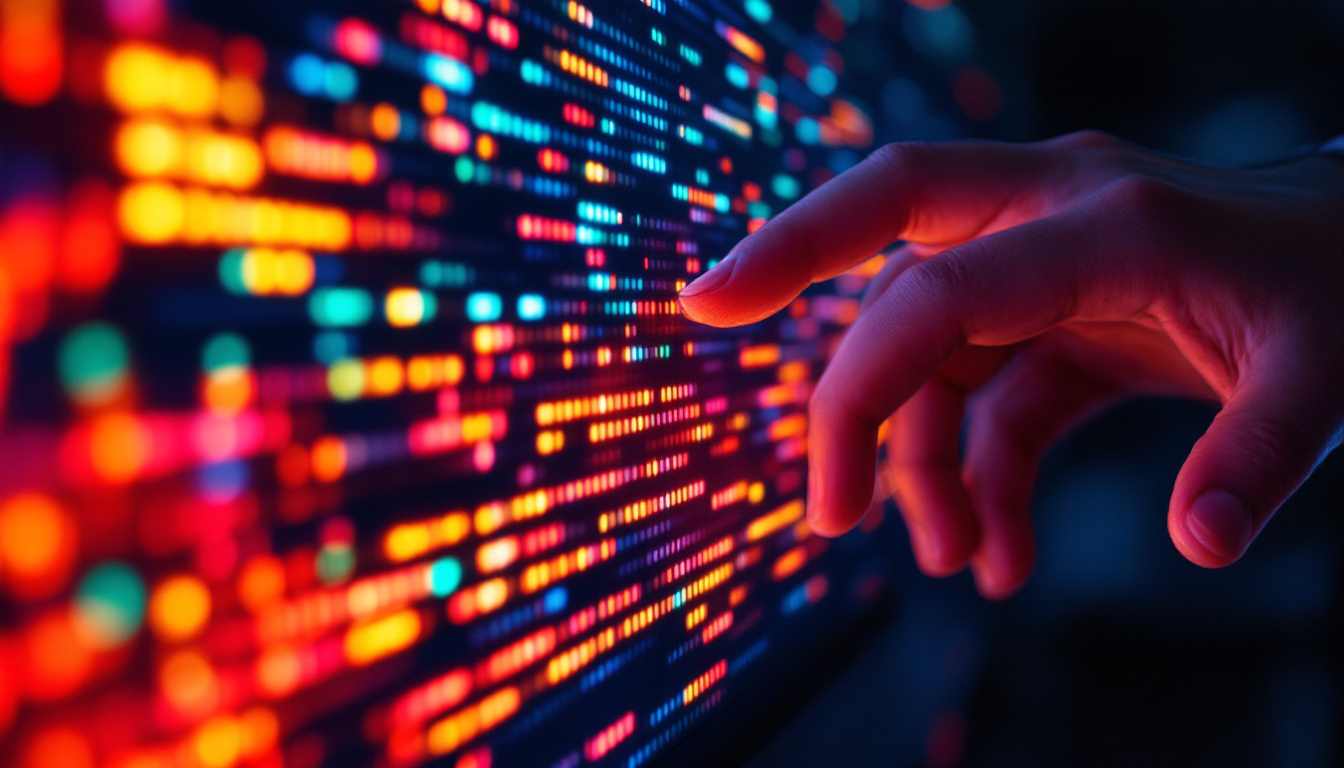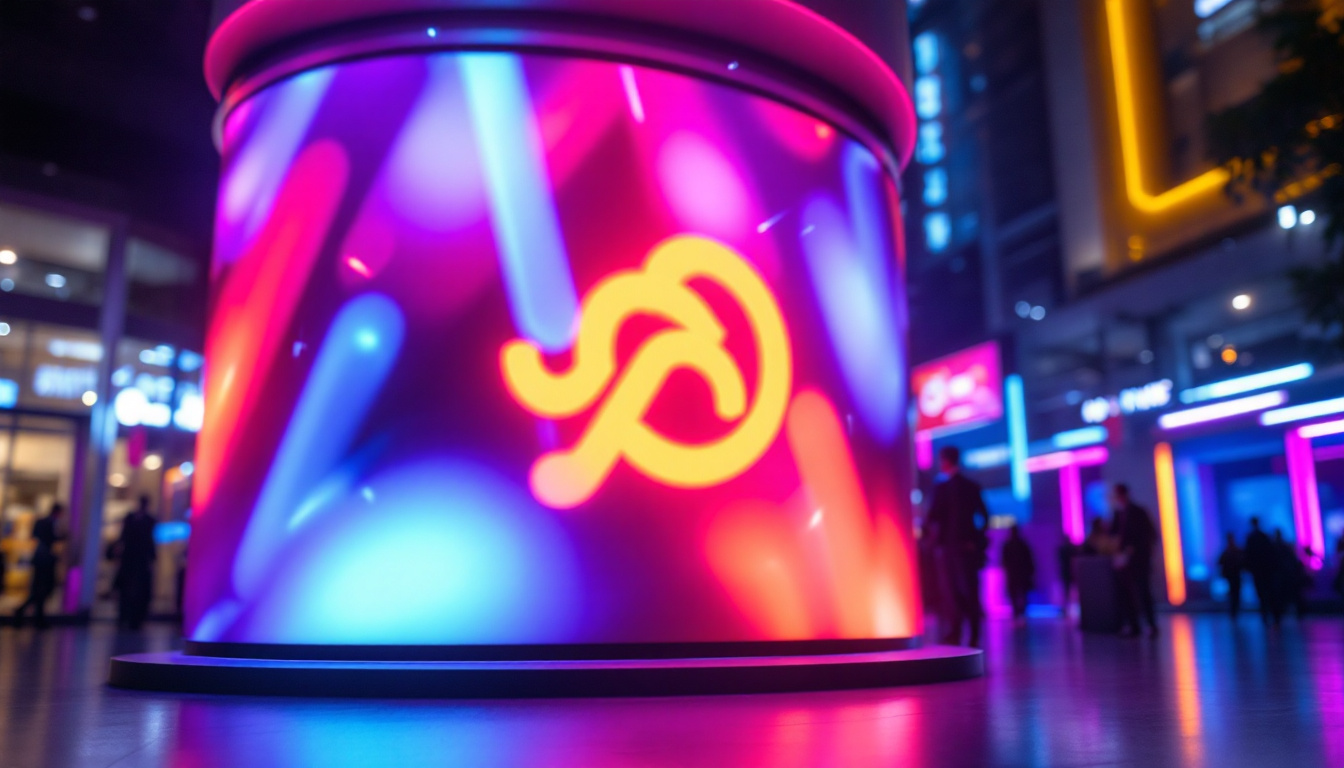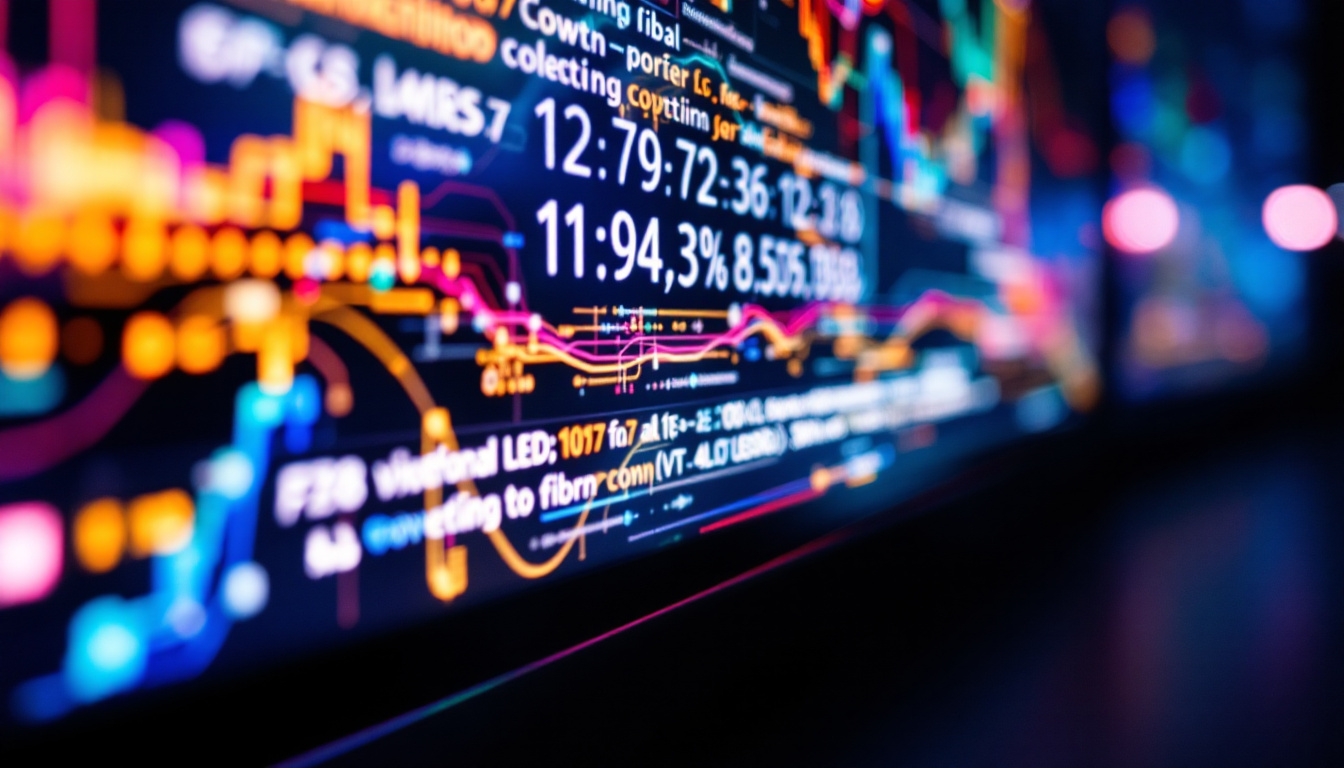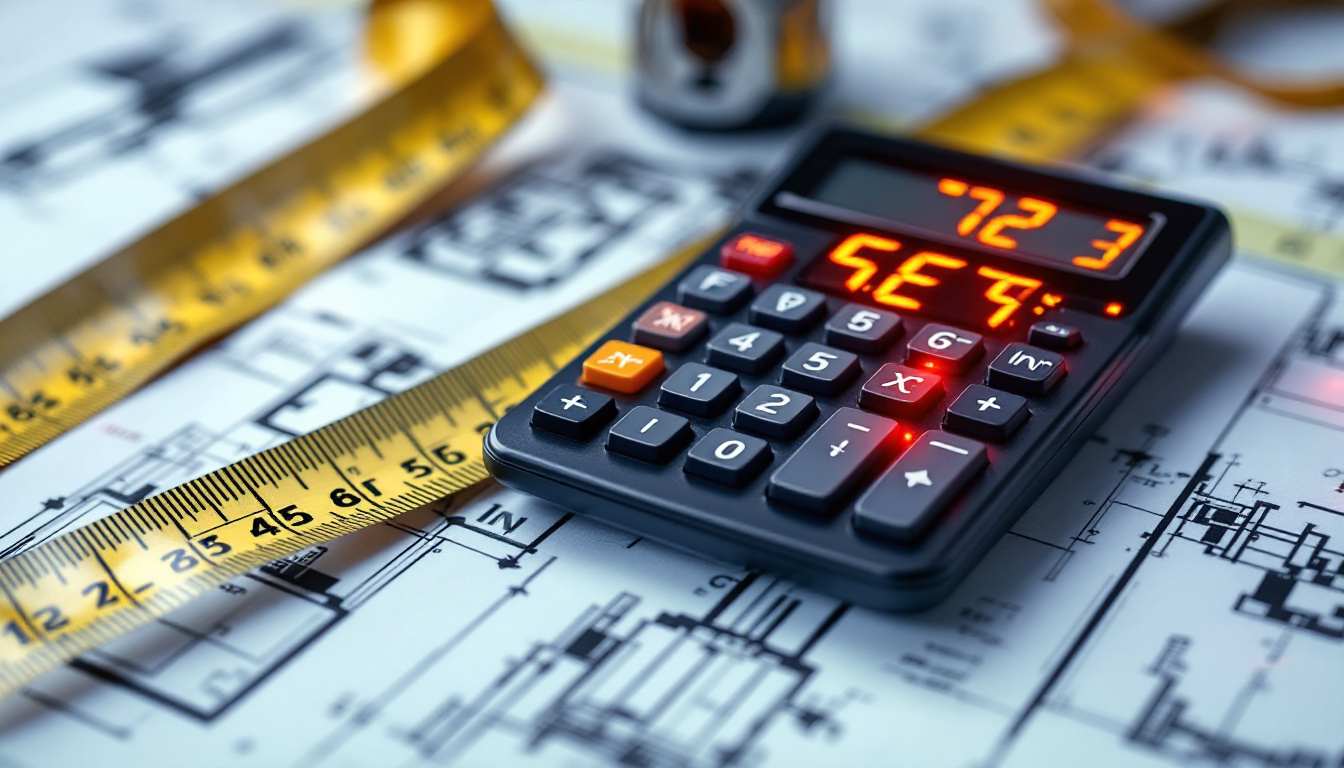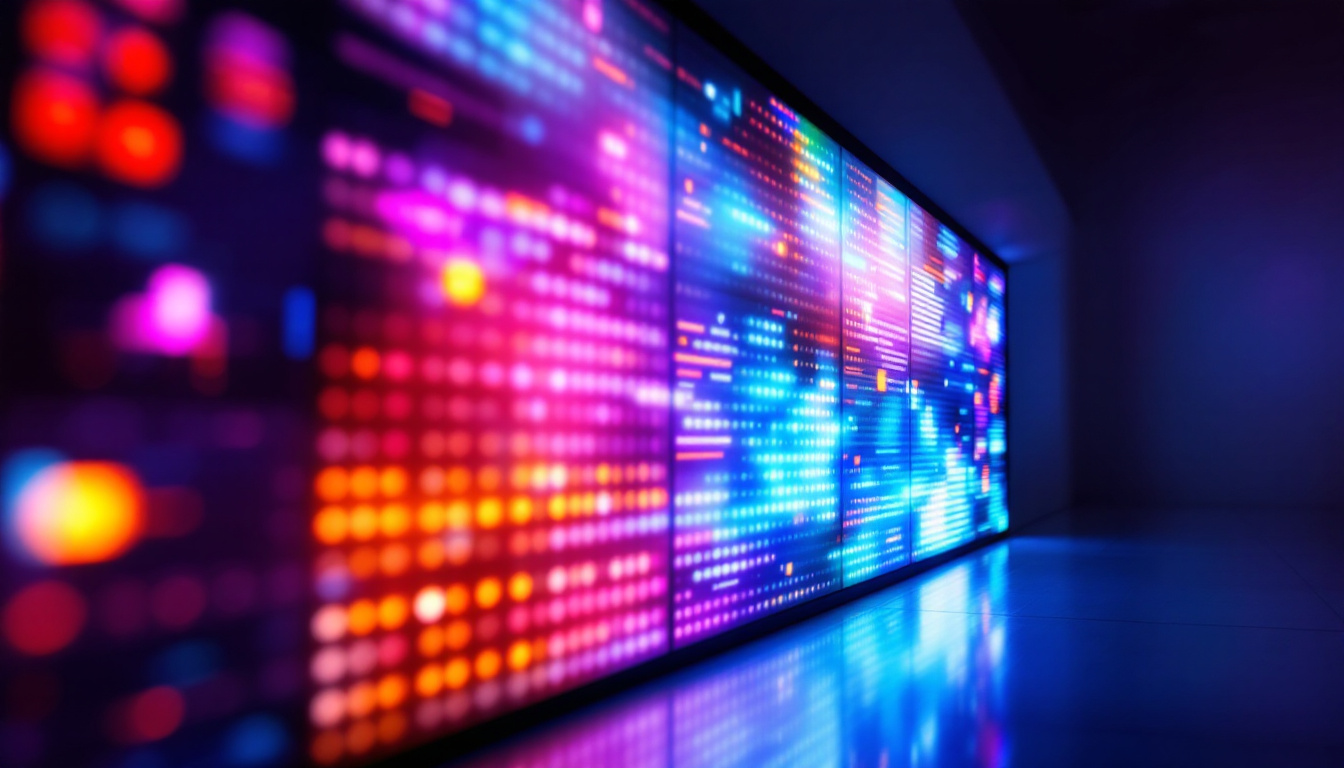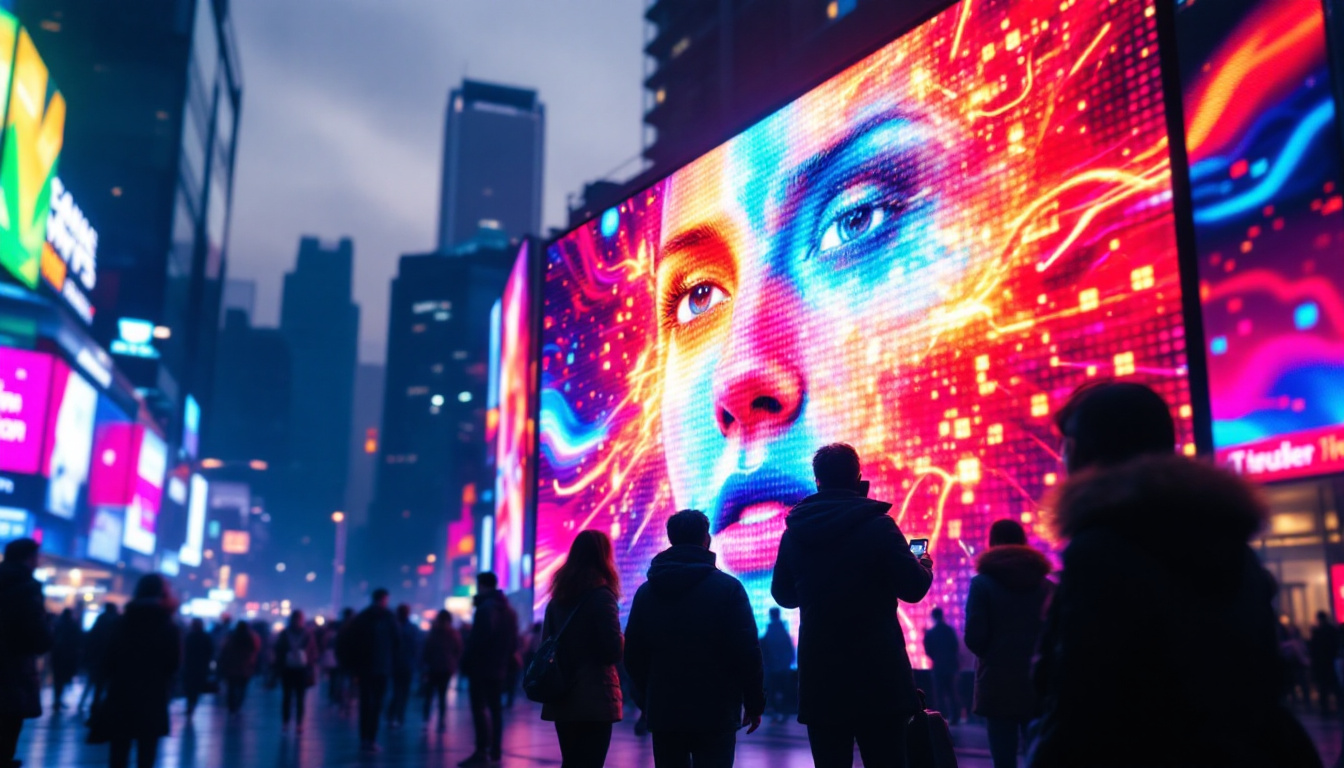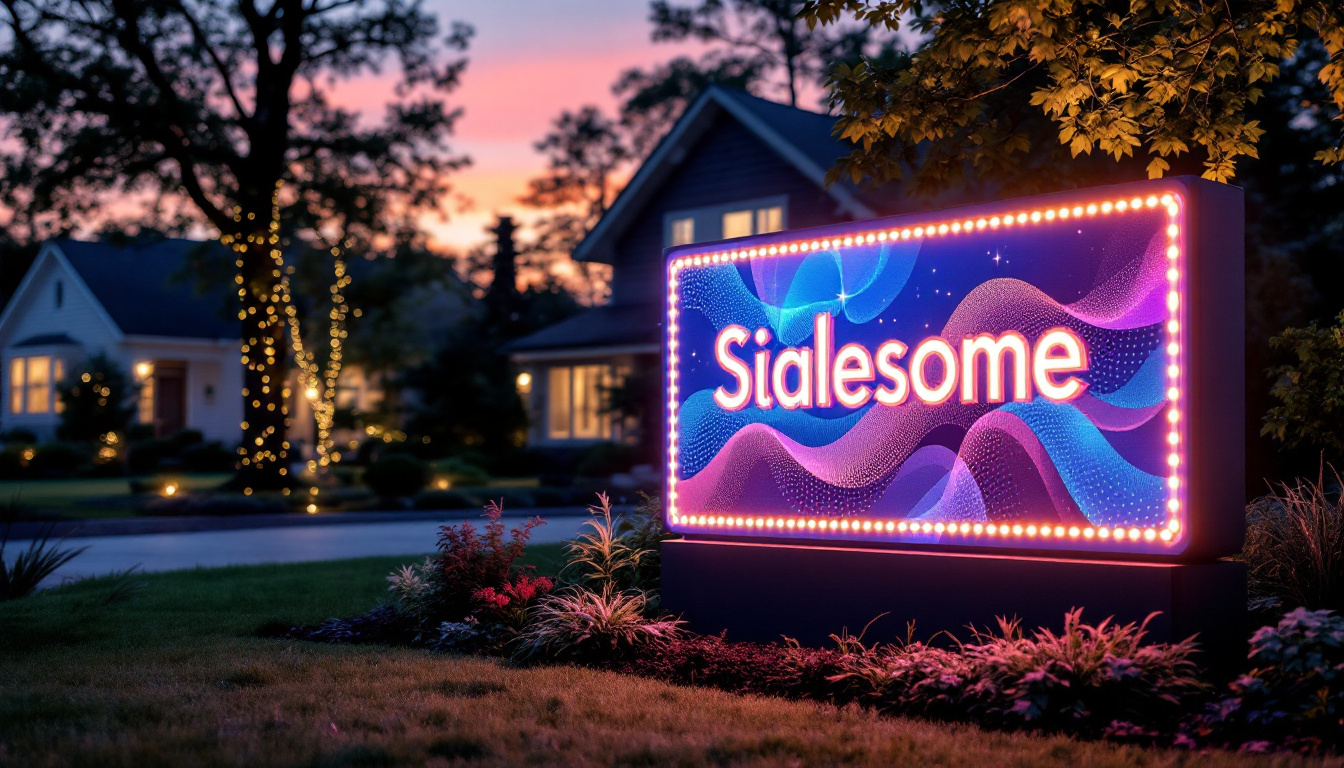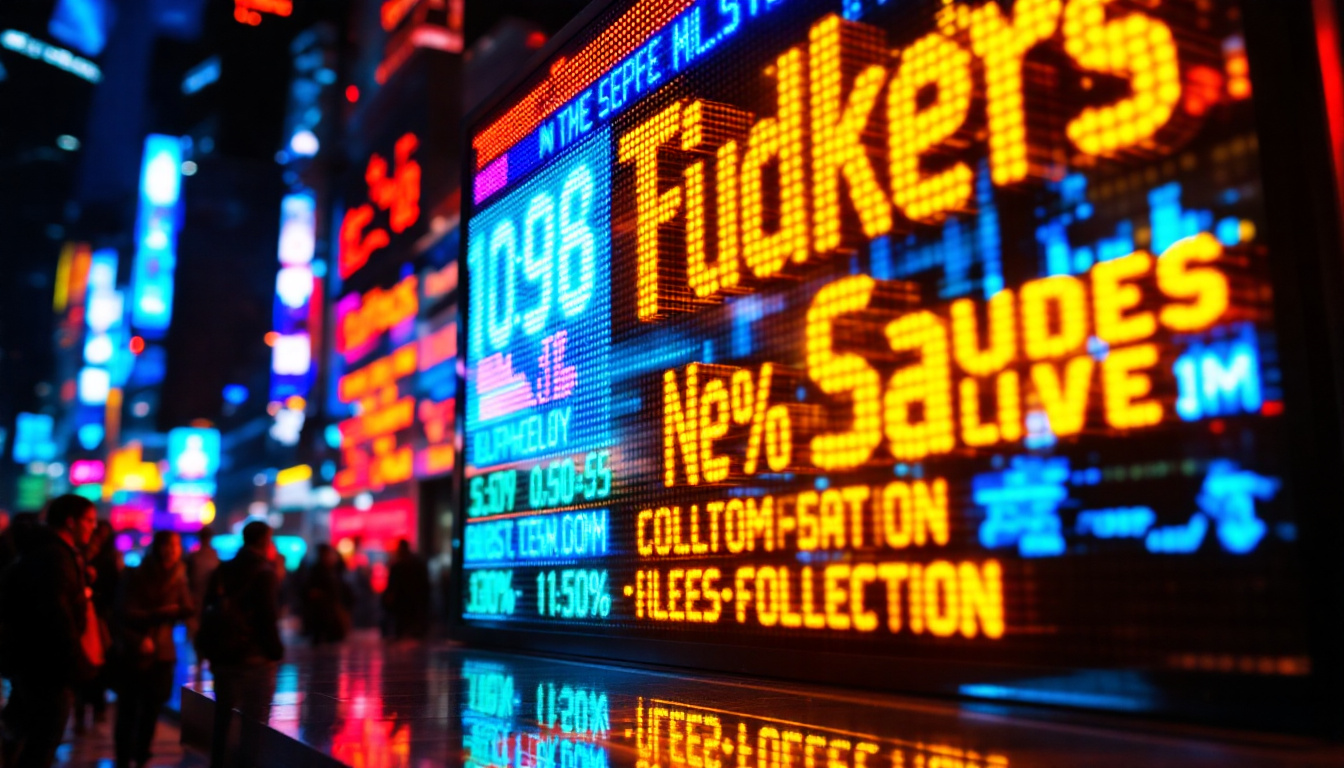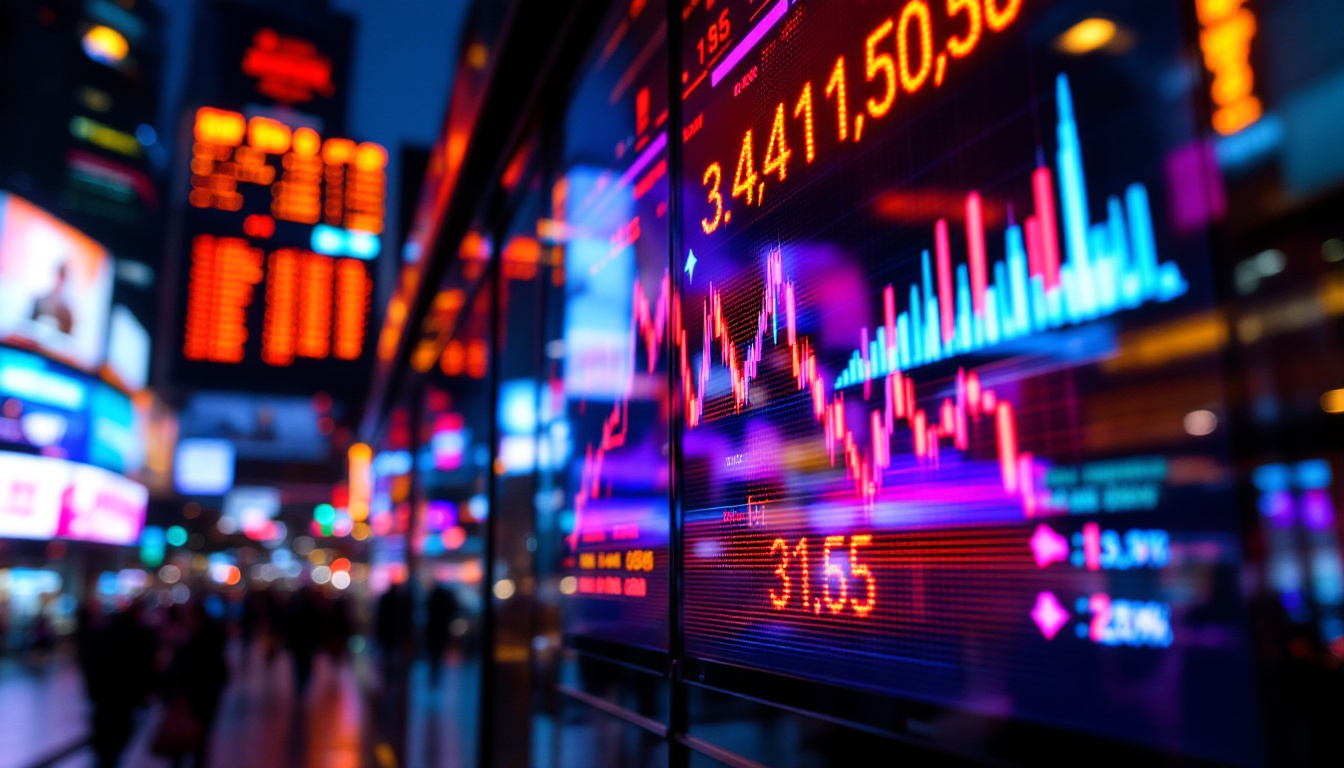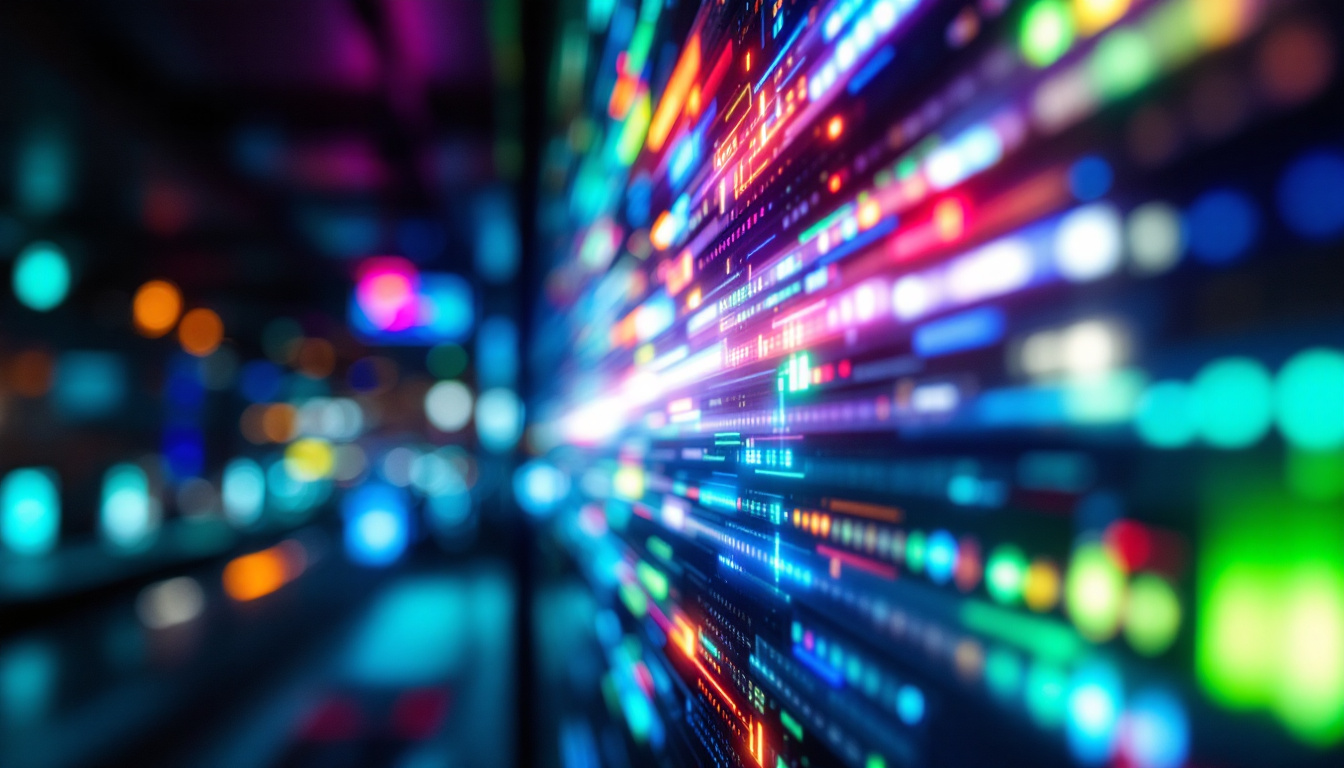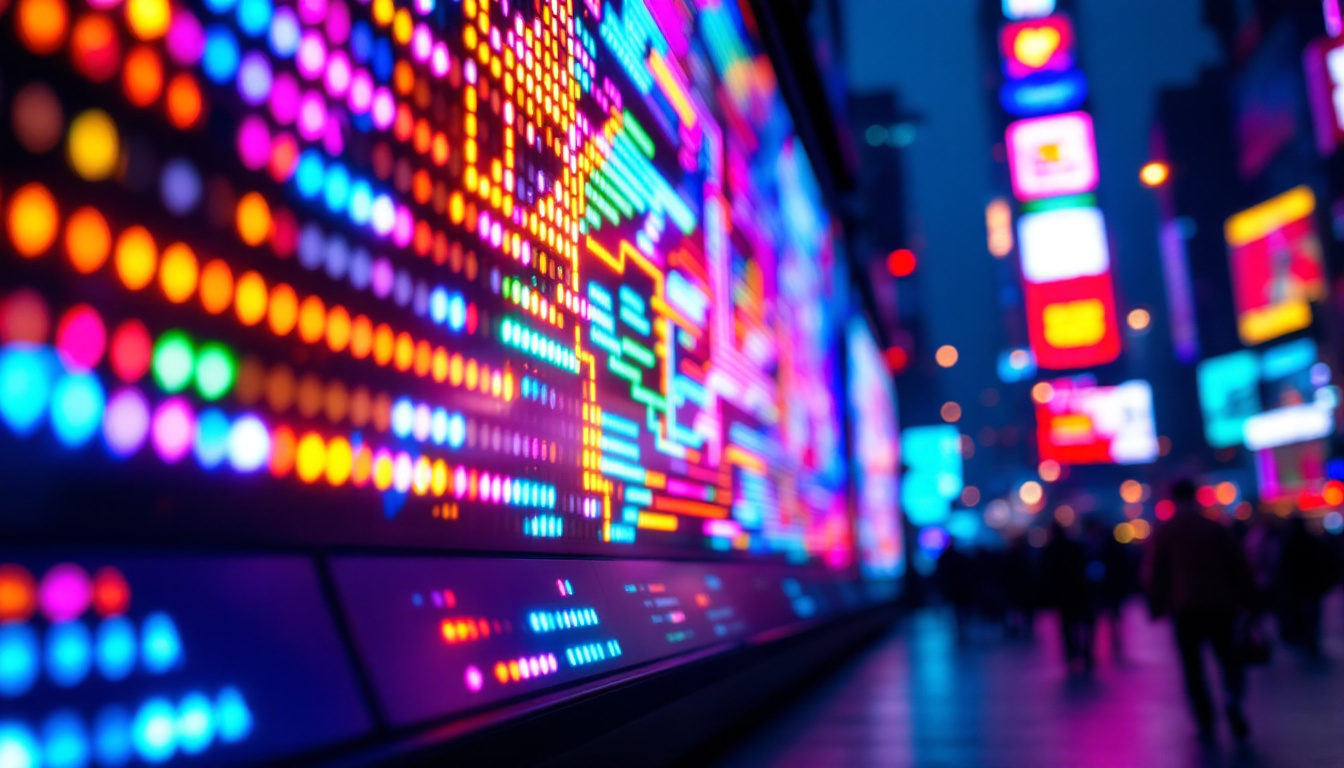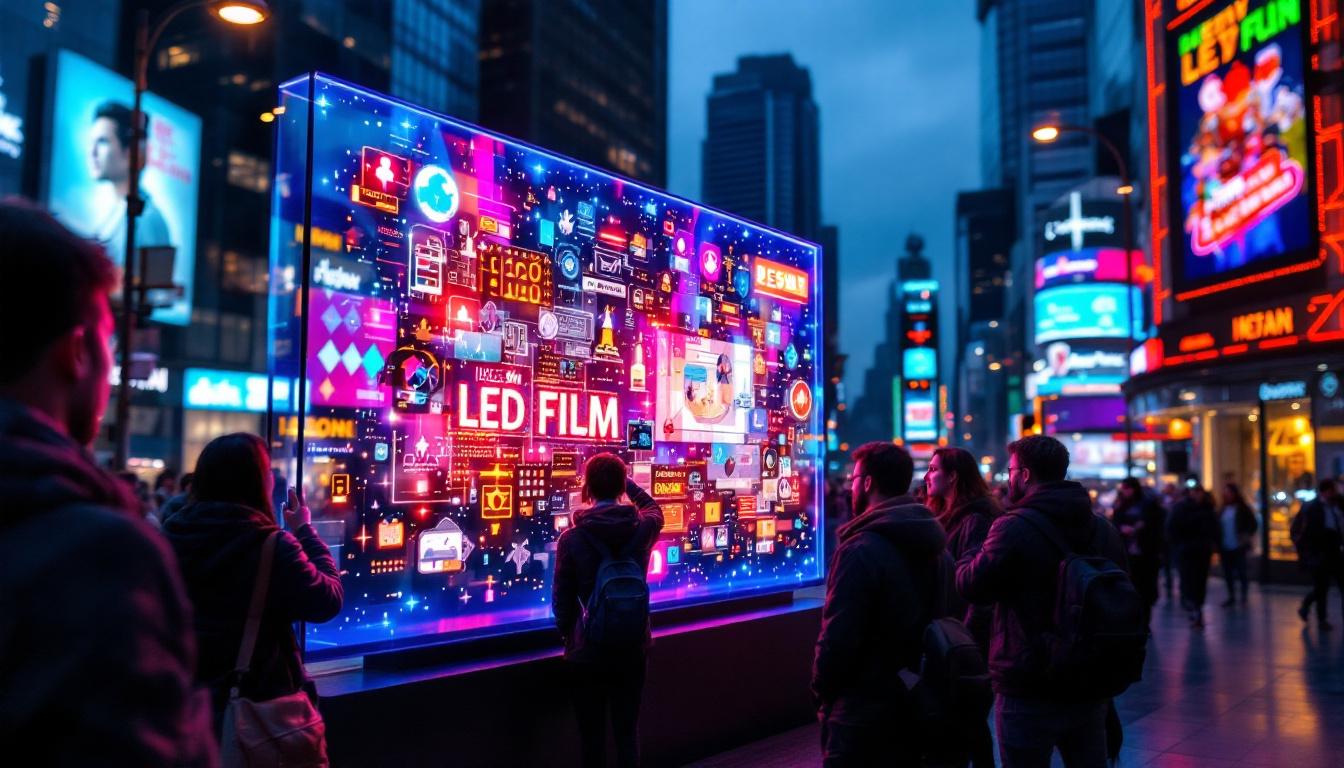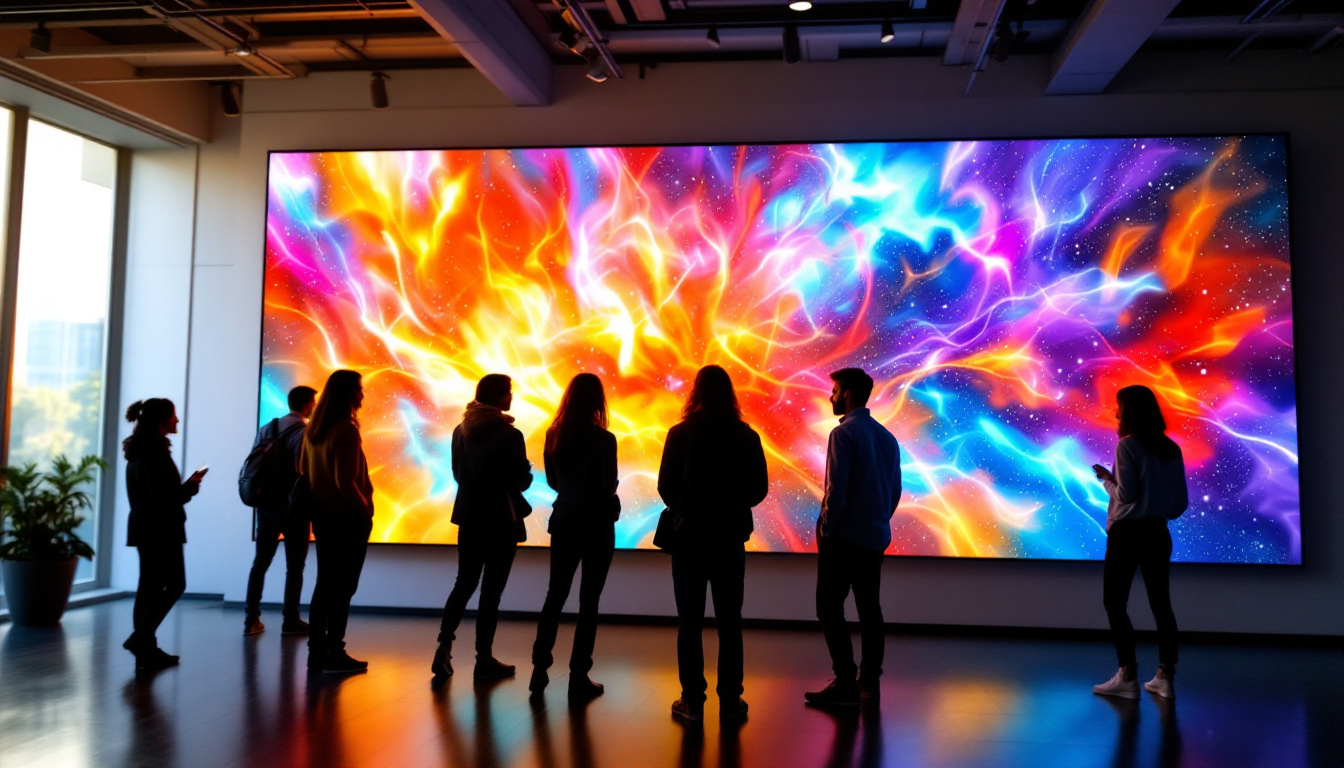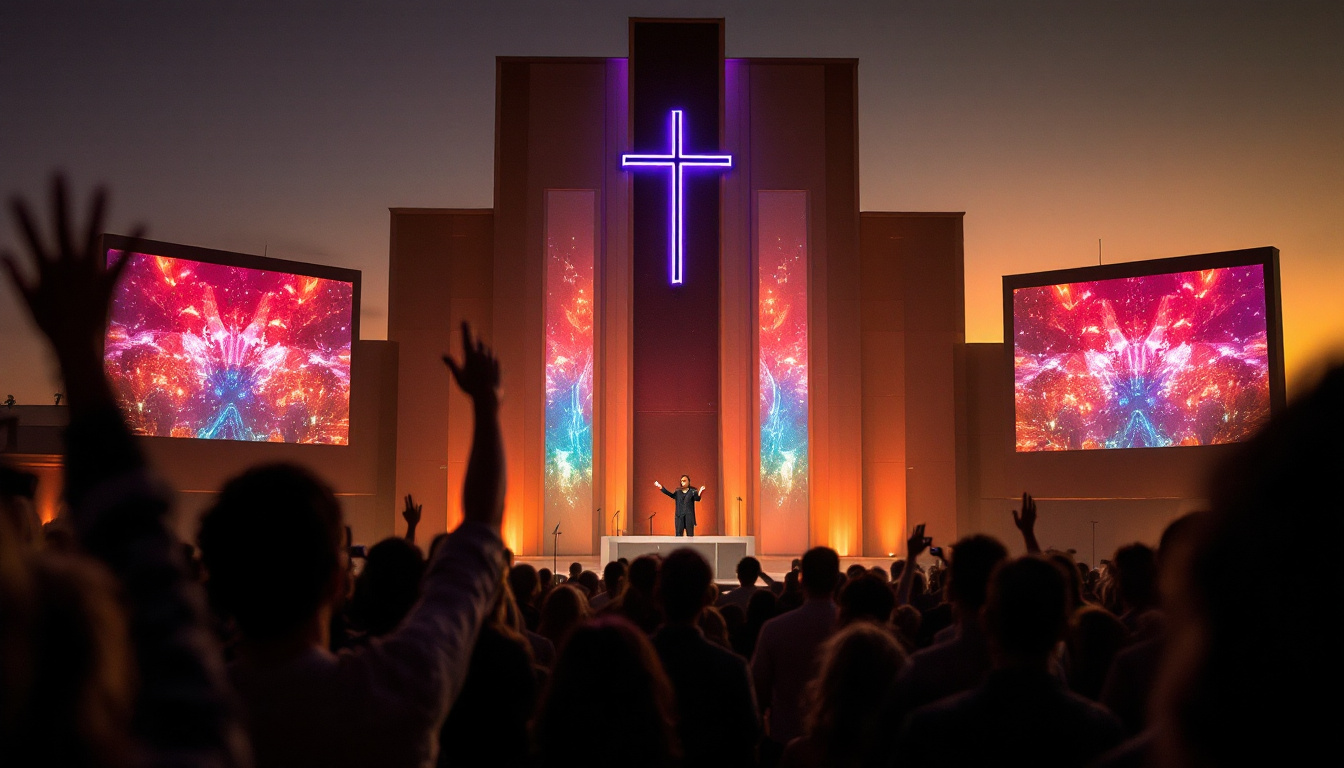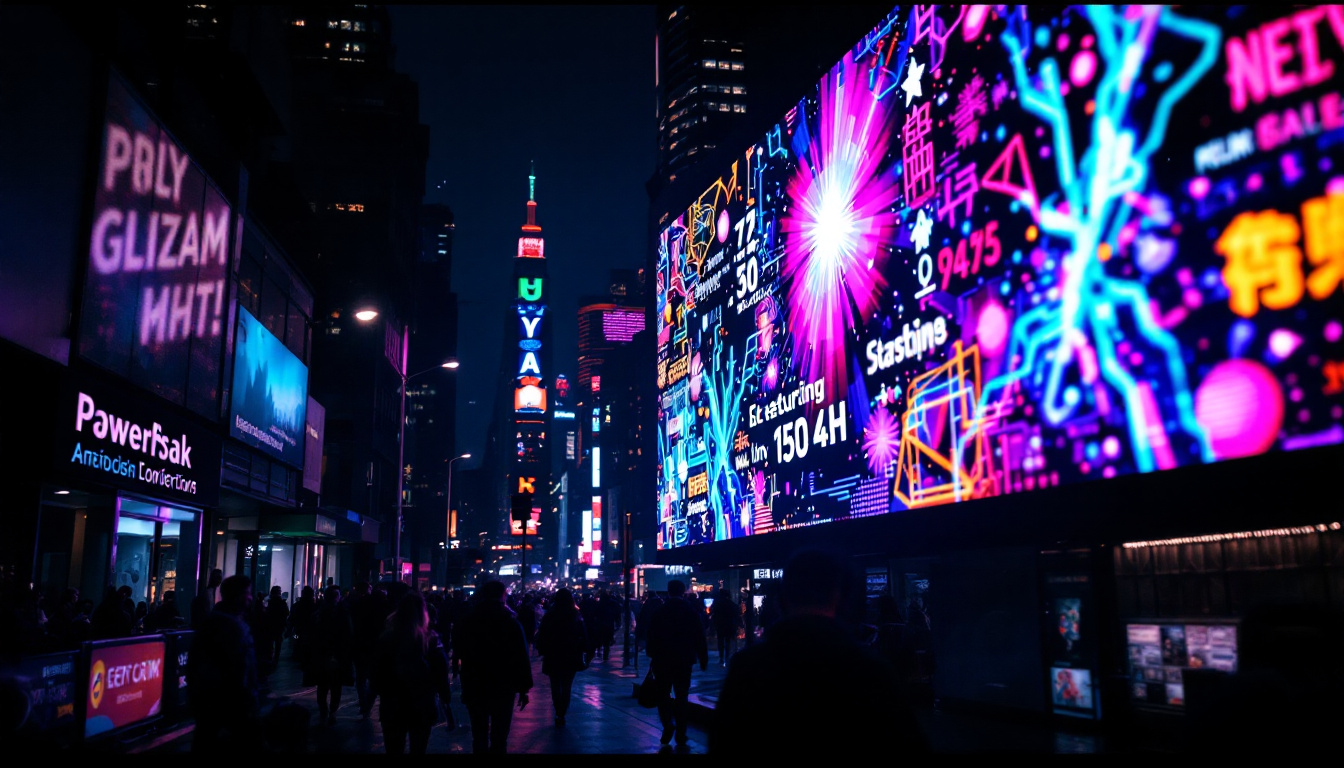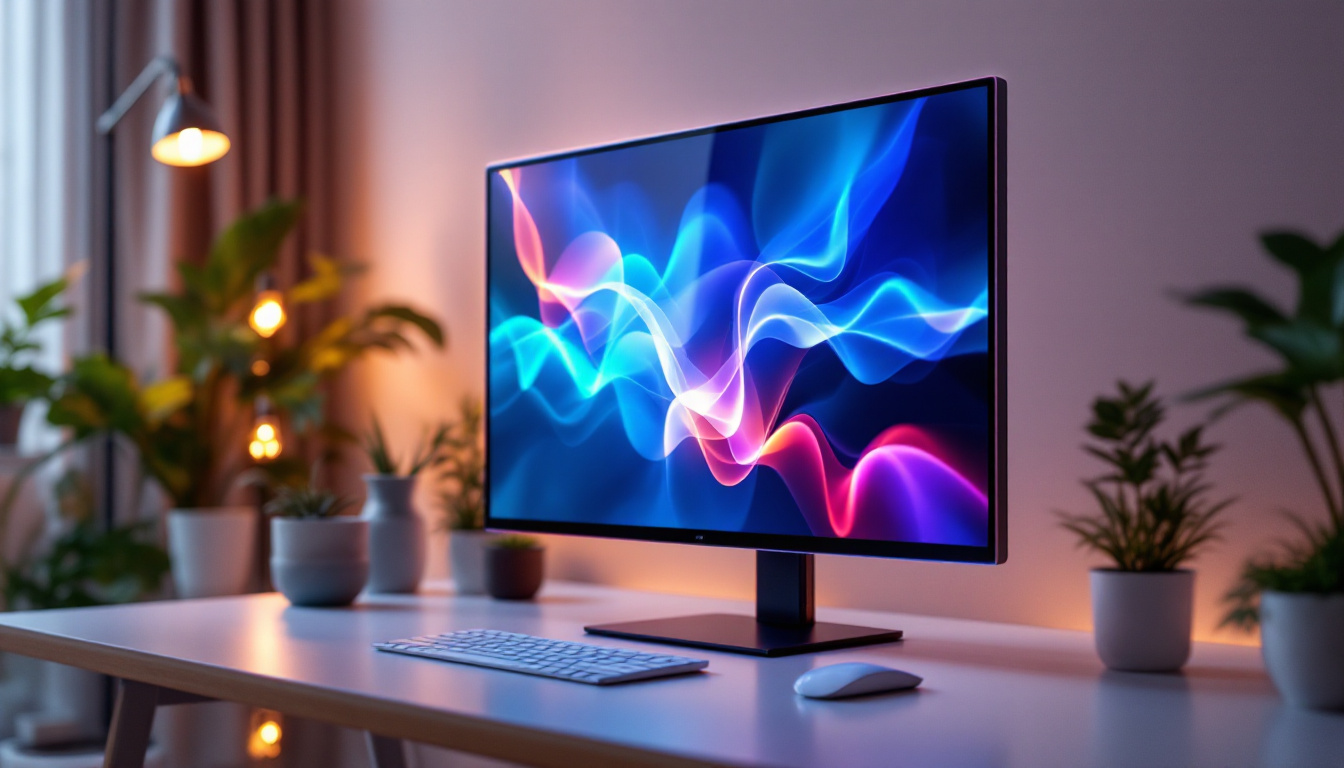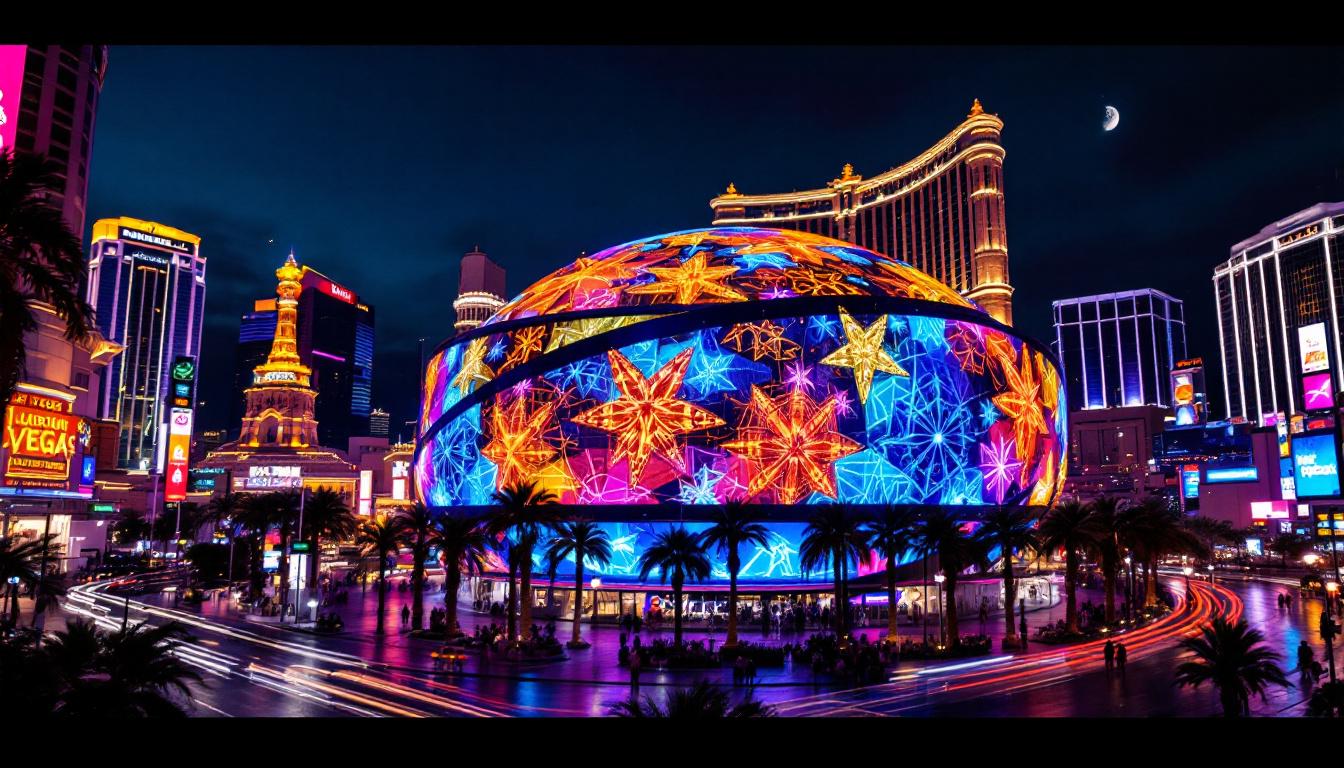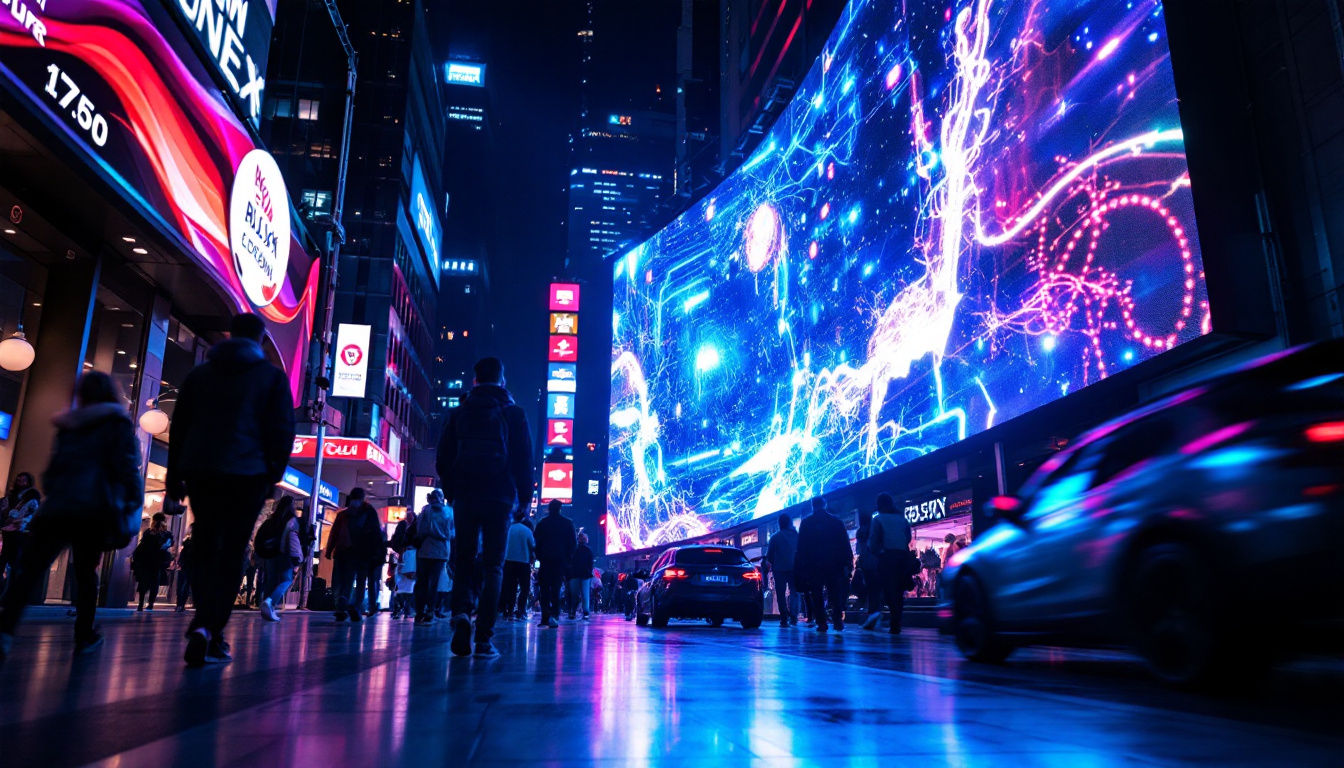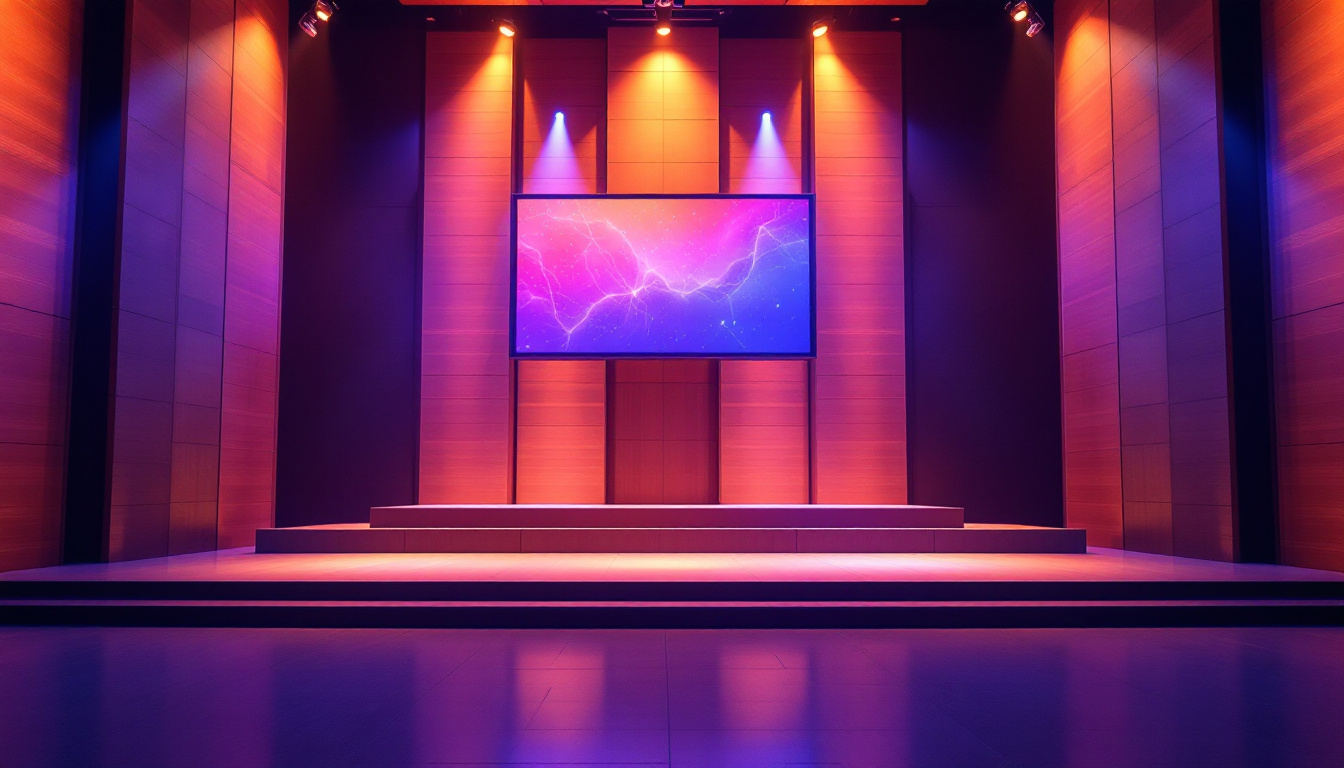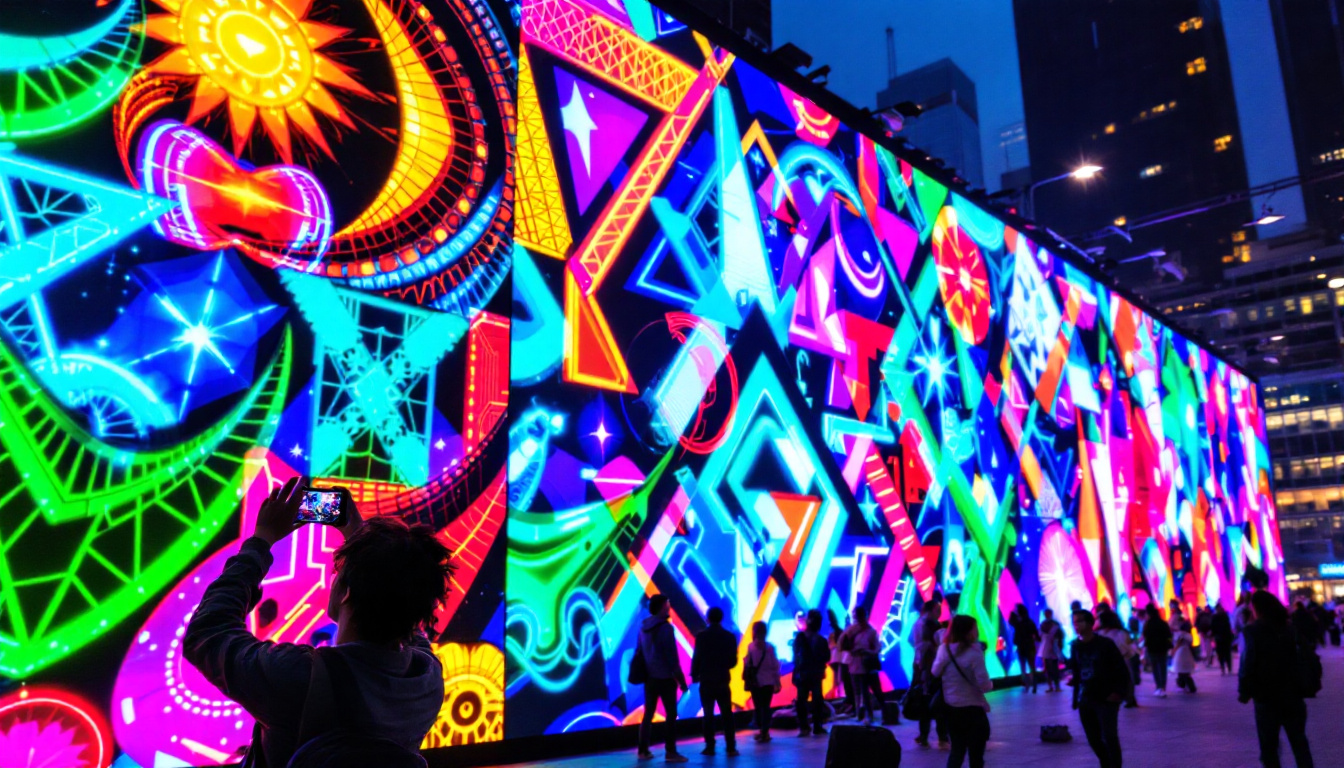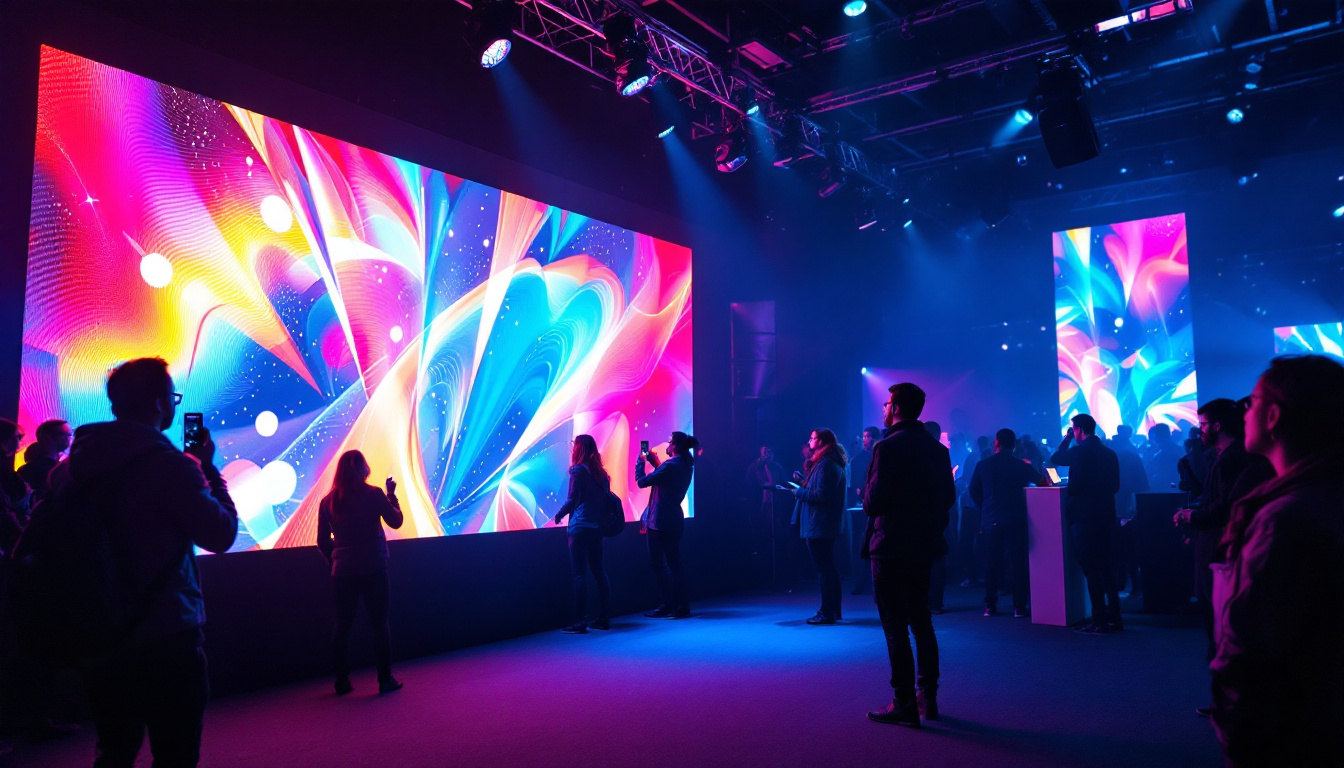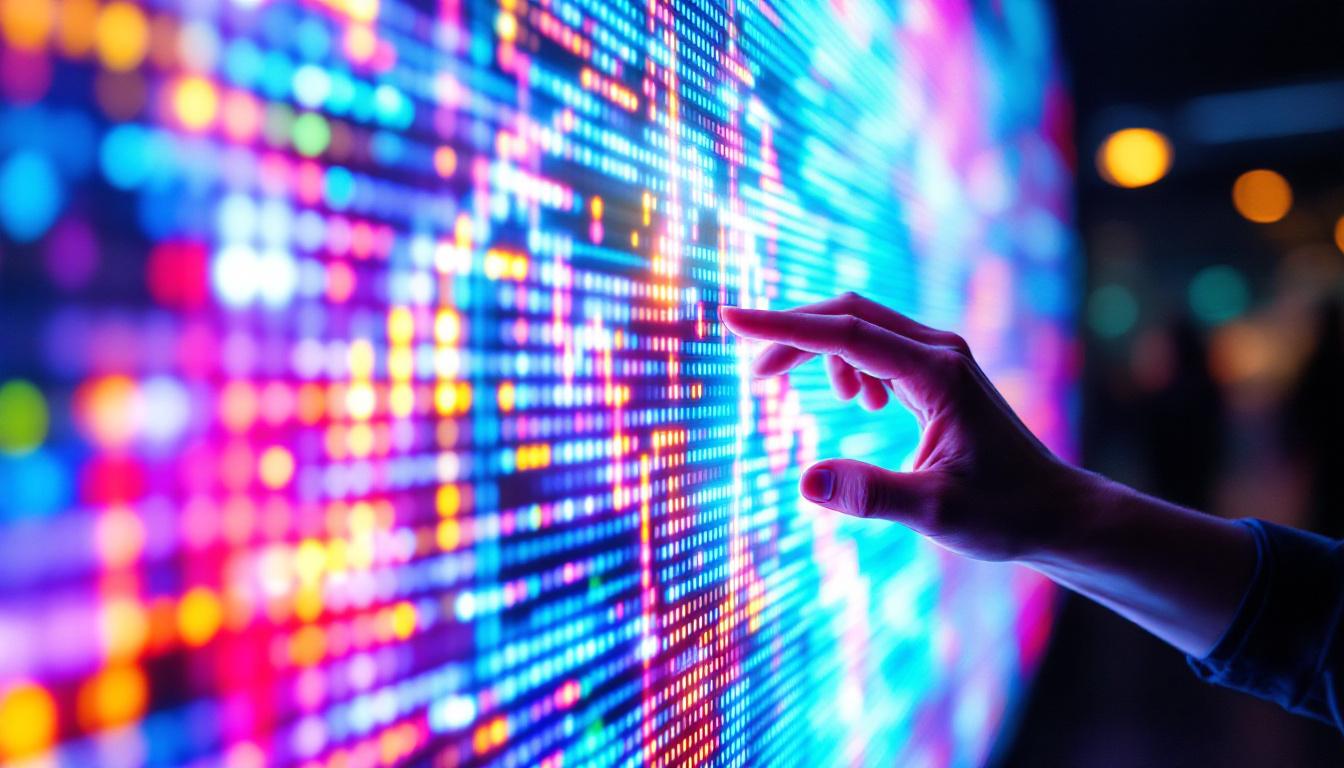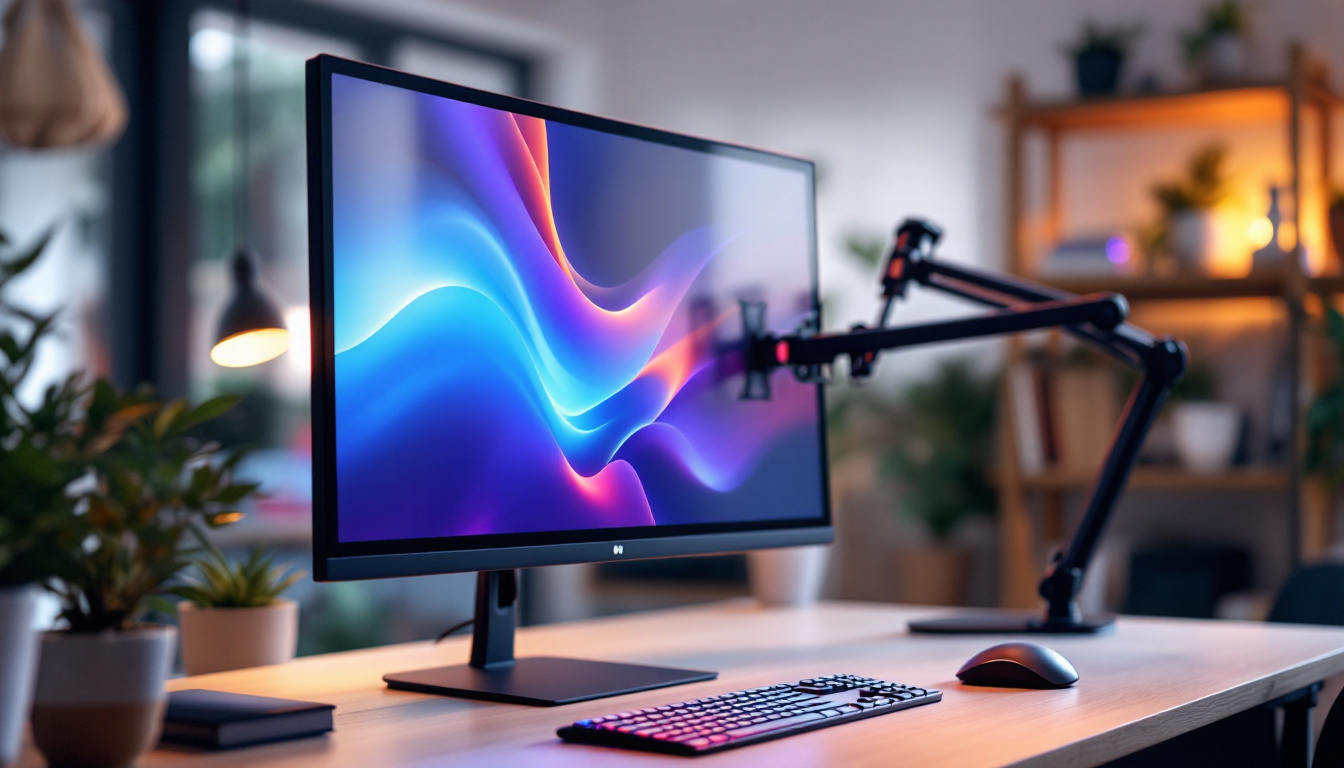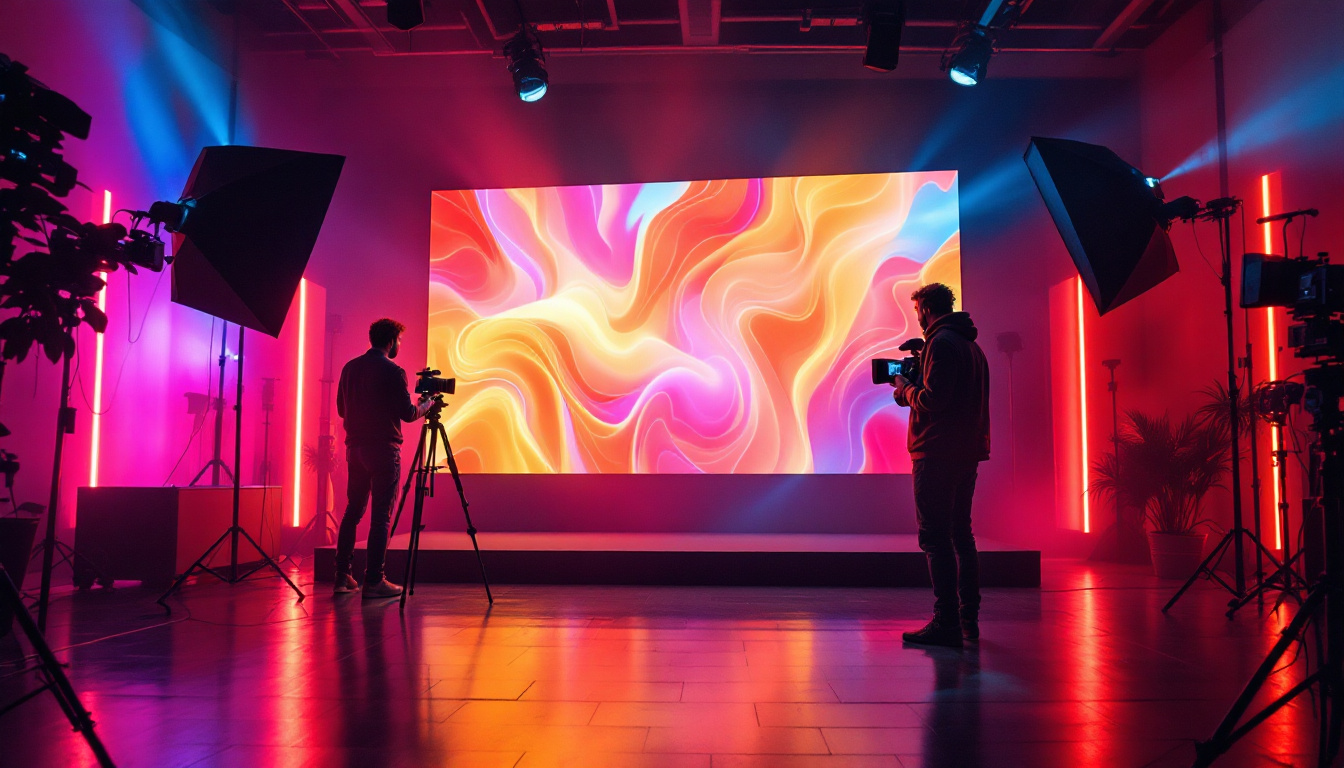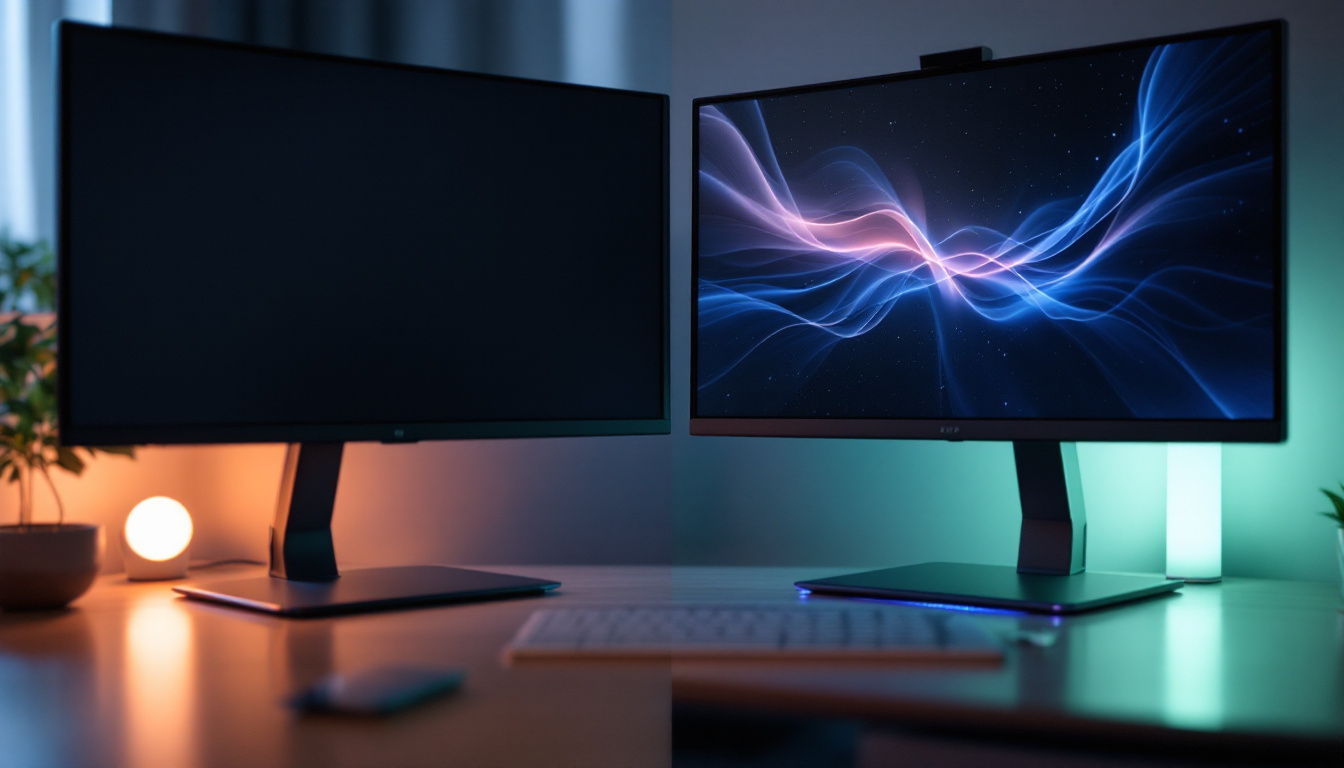In an era where visual technology is evolving at a breakneck pace, understanding the intricacies of LED displays and their impact on dynamic visual acuity is crucial. As digital screens become ubiquitous in everyday life, from smartphones to large-scale billboards, the importance of clarity and responsiveness in visual displays cannot be overstated. This article delves into the concept of dynamic visual acuity, how LED displays function, and their implications in various fields.
Understanding Dynamic Visual Acuity
Dynamic visual acuity refers to the ability to perceive and interpret moving objects clearly. Unlike static visual acuity, which deals with the clarity of stationary images, dynamic visual acuity is crucial for activities involving motion, such as sports, driving, and even gaming. It encompasses several factors, including the speed of the moving object, the contrast between the object and its background, and the viewer’s distance from the display.
The Importance of Dynamic Visual Acuity
Dynamic visual acuity plays a pivotal role in numerous applications. For instance, athletes rely on their ability to track fast-moving objects, such as balls or opponents, to make split-second decisions. In the automotive industry, drivers must quickly assess their surroundings to respond to potential hazards. Furthermore, in the realm of entertainment, gamers benefit from high dynamic visual acuity to enhance their immersive experience.
Moreover, dynamic visual acuity is not solely dependent on the observer’s eyesight; it is also influenced by the quality of the display technology. This is where LED displays come into play, offering advancements that significantly enhance visual performance. The evolution of display technology has led to screens that can refresh at incredibly high rates, providing a seamless visual experience that is essential for fast-paced activities. As a result, both professional athletes and casual users alike can enjoy a level of clarity and responsiveness that was previously unattainable.
Factors Affecting Dynamic Visual Acuity
Several factors can affect dynamic visual acuity, including lighting conditions, display refresh rates, and resolution. High refresh rates are particularly important in reducing motion blur, allowing for a smoother viewing experience. Additionally, the resolution of the display impacts the clarity of moving images, as higher resolutions provide more detail, making it easier for the viewer to track motion.
Environmental factors, such as ambient light and contrast, also contribute to dynamic visual acuity. Displays that can adapt to different lighting conditions and maintain high contrast levels are more effective in delivering clear images, regardless of the setting. For example, outdoor displays often utilize special coatings and technologies to combat glare, ensuring that viewers can see the content clearly even in bright sunlight. This adaptability is crucial not only for entertainment but also for safety in driving situations, where the ability to discern details quickly can mean the difference between a safe reaction and a dangerous oversight.
Furthermore, the cognitive aspects of dynamic visual acuity cannot be overlooked. The brain plays a significant role in processing visual information, and factors such as fatigue, attention span, and even emotional state can influence how effectively one can track moving objects. Training and practice can enhance this ability, particularly in sports, where athletes often engage in drills designed to improve their reaction times and visual tracking skills. This interplay between physical ability and cognitive processing highlights the complexity of dynamic visual acuity and its importance across various fields.
The Technology Behind LED Displays
LED (Light Emitting Diode) displays are a popular choice for a wide range of applications due to their superior performance characteristics. Unlike traditional LCDs, which rely on backlighting, LED displays utilize individual diodes to emit light, resulting in brighter and more vibrant images. This technology has revolutionized the way visual information is presented, particularly in dynamic contexts.
How LED Displays Work
LED displays consist of an array of tiny light-emitting diodes that combine to form pixels. Each pixel can change color and intensity independently, allowing for a wide range of colors and brightness levels. This capability enables LED displays to produce high-quality images with excellent contrast and clarity, even in challenging lighting conditions.
Moreover, LED technology allows for faster response times compared to traditional displays. This is particularly important for dynamic visual acuity, as quicker response times reduce motion blur and enhance the viewer’s ability to track moving objects. The result is a more engaging and immersive visual experience.
Types of LED Displays
There are several types of LED displays, each designed for specific applications. The most common types include:
- Direct View LED Displays: These displays are made up of individual LEDs that form the entire screen. They are often used for large outdoor billboards and signage, providing high brightness and visibility from various angles.
- LED-backlit LCD Displays: Combining LCD technology with LED backlighting, these displays offer improved color accuracy and contrast compared to traditional LCDs. They are commonly used in televisions and computer monitors.
- Organic LED (OLED) Displays: OLED technology utilizes organic compounds to emit light, resulting in deeper blacks and more vibrant colors. These displays are often found in high-end televisions and smartphones.
Applications of LED Displays in Enhancing Dynamic Visual Acuity
LED displays are utilized in various fields, enhancing dynamic visual acuity in several ways. From entertainment to transportation, the applications are vast and impactful.
Sports and Entertainment
In the sports industry, LED displays are crucial for providing real-time information and enhancing the viewing experience. Stadiums and arenas often feature large LED screens that display live action, replays, and statistics, allowing fans to engage more deeply with the event. The high refresh rates and vibrant colors of LED technology ensure that even fast-paced action is conveyed clearly.
Similarly, in the entertainment sector, LED displays are used in concerts, theaters, and exhibitions to create immersive environments. The ability to display dynamic visuals with high clarity enhances the overall experience for audiences, making performances more captivating.
Transportation and Safety
In the realm of transportation, LED displays play a vital role in safety and navigation. digital billboards and traffic signs utilize LED technology to convey important information to drivers in real-time. The clarity and brightness of these displays ensure that messages are easily visible, even in adverse weather conditions.
Additionally, LED displays are used in vehicles for dashboard information, navigation systems, and rear-view cameras. The enhanced dynamic visual acuity provided by these displays allows drivers to make informed decisions quickly, improving overall road safety.
Healthcare and Medical Imaging
In healthcare, LED displays are increasingly used in medical imaging and diagnostics. High-resolution LED screens allow for detailed visualization of medical scans, enabling healthcare professionals to make accurate assessments. The ability to display dynamic images, such as moving ultrasound scans, enhances the diagnostic process and improves patient outcomes.
Furthermore, LED technology is also utilized in surgical settings, where high-quality displays provide surgeons with critical visual information during procedures. The clarity and responsiveness of LED displays are essential in these high-stakes environments.
Challenges and Considerations in LED Display Technology
While LED displays offer numerous advantages, there are also challenges and considerations that must be addressed. Understanding these factors is essential for optimizing the use of LED technology in various applications.
Cost and Accessibility
One of the primary challenges associated with LED displays is their cost. High-quality LED technology can be expensive, which may limit accessibility for smaller businesses or organizations. However, as technology advances and production costs decrease, it is expected that LED displays will become more affordable and widely available.
Additionally, the initial investment in LED technology may be offset by long-term savings due to energy efficiency and reduced maintenance costs. It is essential for organizations to weigh these factors when considering the adoption of LED displays.
Environmental Impact
Another consideration is the environmental impact of LED displays. While LED technology is generally more energy-efficient than traditional displays, the production and disposal of electronic components can contribute to electronic waste. It is crucial for manufacturers and consumers to prioritize sustainable practices, such as recycling and responsible disposal, to mitigate these effects.
The Future of LED Displays and Dynamic Visual Acuity
The future of LED displays is bright, with ongoing advancements poised to further enhance dynamic visual acuity. As technology continues to evolve, several trends are emerging that will shape the landscape of visual displays.
Advancements in Display Technology
Future developments in LED technology are likely to focus on improving resolution, color accuracy, and energy efficiency. Innovations such as microLED and miniLED technologies promise to deliver even higher quality images with greater flexibility in design and application. These advancements will further enhance dynamic visual acuity, making displays more effective in conveying motion and detail.
Additionally, the integration of artificial intelligence and machine learning into display technology may enable smarter displays that can adapt to user preferences and environmental conditions, optimizing the viewing experience in real-time.
Expanded Applications
As LED technology continues to advance, its applications are expected to expand into new areas. The integration of LED displays into everyday environments, such as smart homes and public spaces, will create opportunities for enhanced communication and interaction. This trend will further emphasize the importance of dynamic visual acuity in our increasingly digital world.
Moreover, industries such as virtual reality (VR) and augmented reality (AR) are likely to benefit significantly from advancements in LED display technology. These immersive environments require high levels of dynamic visual acuity to ensure a seamless and engaging user experience.
Conclusion
Dynamic visual acuity is a critical aspect of how humans interact with moving images, and LED displays have emerged as a leading technology in enhancing this capability. With their superior brightness, clarity, and responsiveness, LED displays are transforming various industries, from sports and entertainment to healthcare and transportation.
As technology continues to evolve, the future of LED displays looks promising, with advancements poised to further enhance dynamic visual acuity and expand applications. By understanding the importance of this technology, individuals and organizations can leverage its benefits to improve experiences and outcomes across a multitude of fields.
In summary, the intersection of dynamic visual acuity and LED display technology is a fascinating area of exploration that will undoubtedly continue to shape how visual information is presented and perceived in the years to come.
Explore Cutting-Edge LED Displays with LumenMatrix
As you consider the critical role of dynamic visual acuity in today’s fast-paced world, LumenMatrix stands at the forefront of LED display innovation. Our comprehensive range of solutions, from Indoor and Outdoor LED Wall Displays to specialized options like Vehicle LED Displays and LED Sports Displays, is designed to meet the diverse needs of modern visual communication. Experience the transformative power of our LED display modules and elevate your brand’s visibility and audience engagement. Check out LumenMatrix LED Display Solutions and join the visual revolution today.

